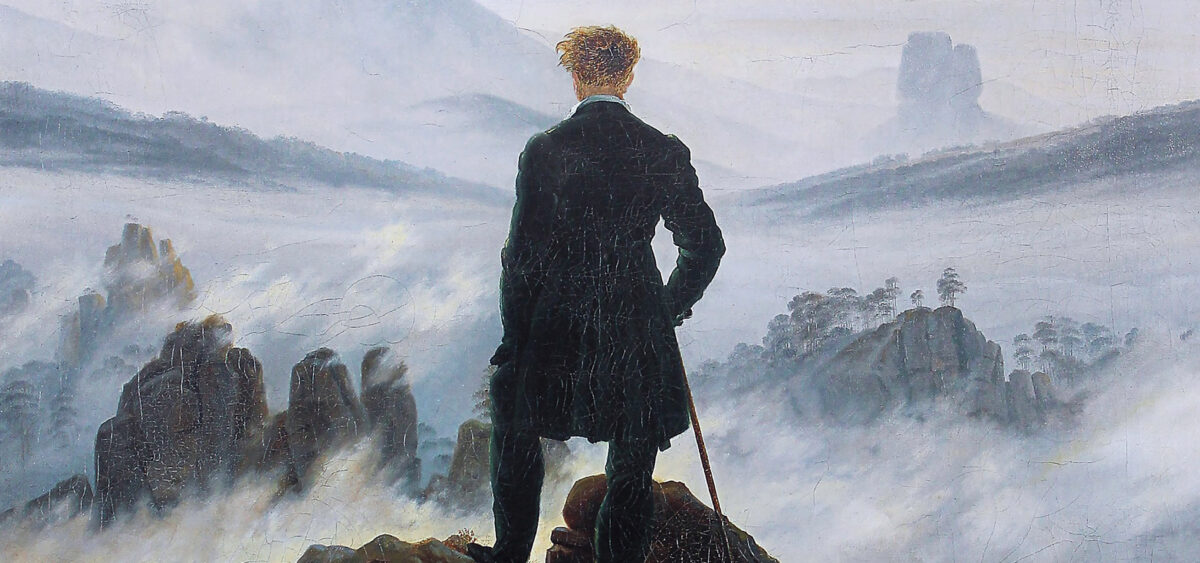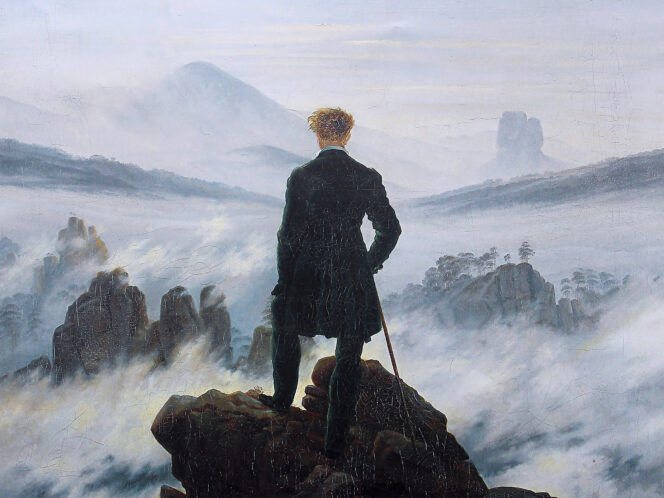
It took its place in art slowly, with hesitation. For a long time it raised suspicion. But in the end it blossomed and started brightening up portraits and sculptures. Look into the eyes of the people who are all smiles!
In 1998, the art historian Angus Trumble got invited to a conference for dentists and oral and maxillofacial surgeons. The medics wanted to know how the canons of ‘a beautiful face’ had changed in portraiture. The academic delivered, paying special attention to how the mouth was presented in the arts. Simultaneously, he understood how difficult it is to draw teeth and not turn the portrait into an image of a naked skull or a terrible caricature. He also reminded his listeners that in old times, only a few could show off a complete set of white teeth. As Trumble observed, usually it is only the peculiar characters who are shown with open mouths and bared teeth: lecherous old men, penny-pinchers, drunks, madmen, monsters or people in religious ecstasy. The worst, defective teeth are presented by Christ’s sneering tormentors. Up until the 17th century, in Western culture there was a widespread conviction that only children, drunks and dunces smiled broadly. In his 1703 treatise on manners, Jean-Baptiste de La Salle said: “[…] some people lift their upper lip so much that their teeth are shown in the process. It is completely against the decorum, which does not allow for their exposure, since nature equipped us with lips to cover them.”
The dentists might have been surprised to hear that for centuries a wide smile was not fashionable and those sitting for portraits were not told to say ‘cheese’. According to the painter Miss La Creevy, a character from the Charles Dickens’ novel The Life and Adventures of Nicholas Nickelby, sitters were difficult to satisfy. Some thought that being serious made them look older, others got annoyed by frivolous expressions. As the








